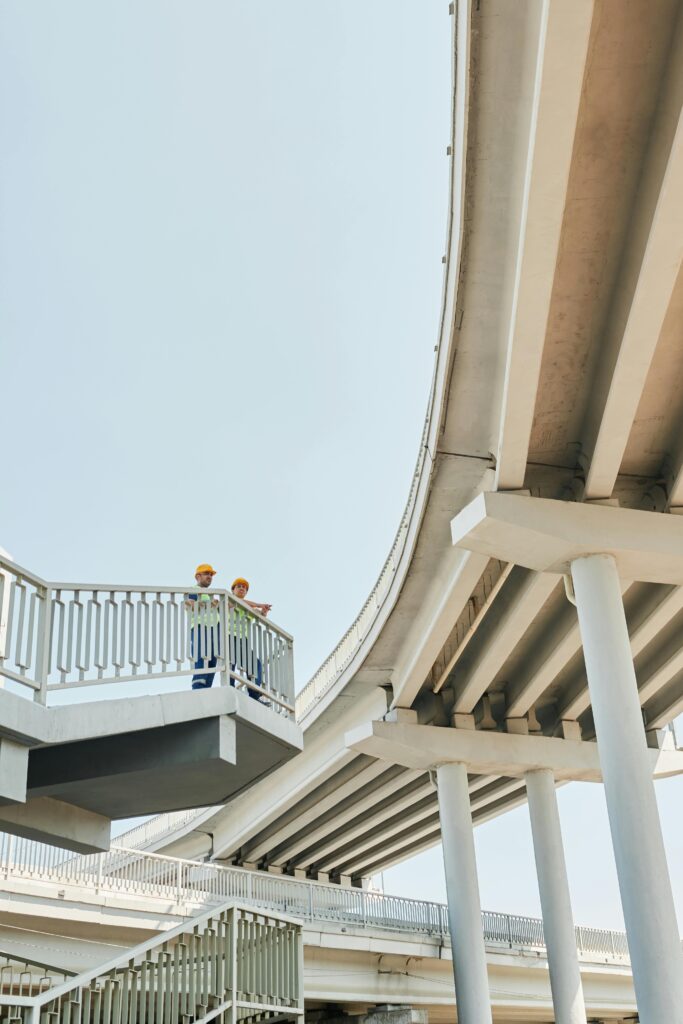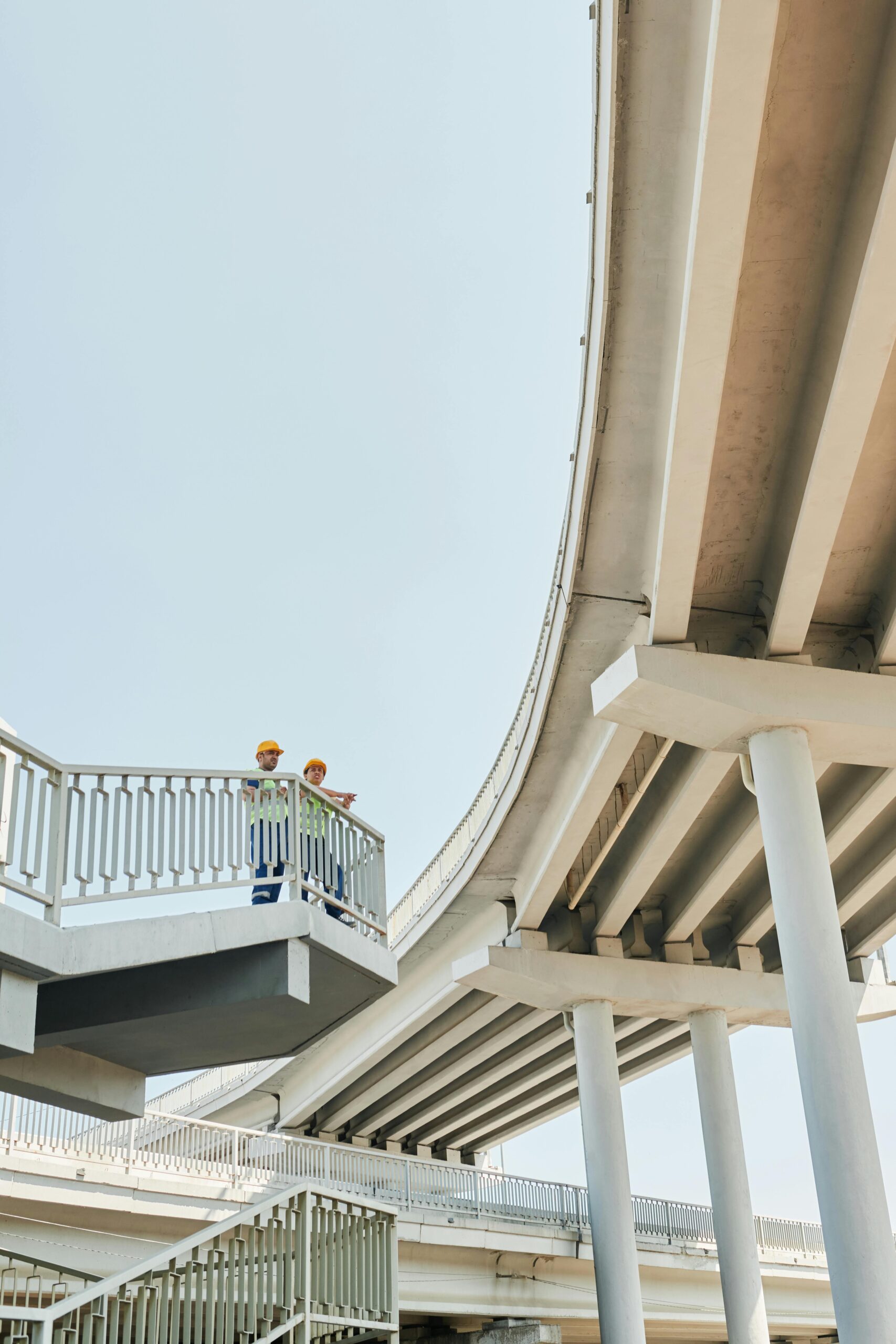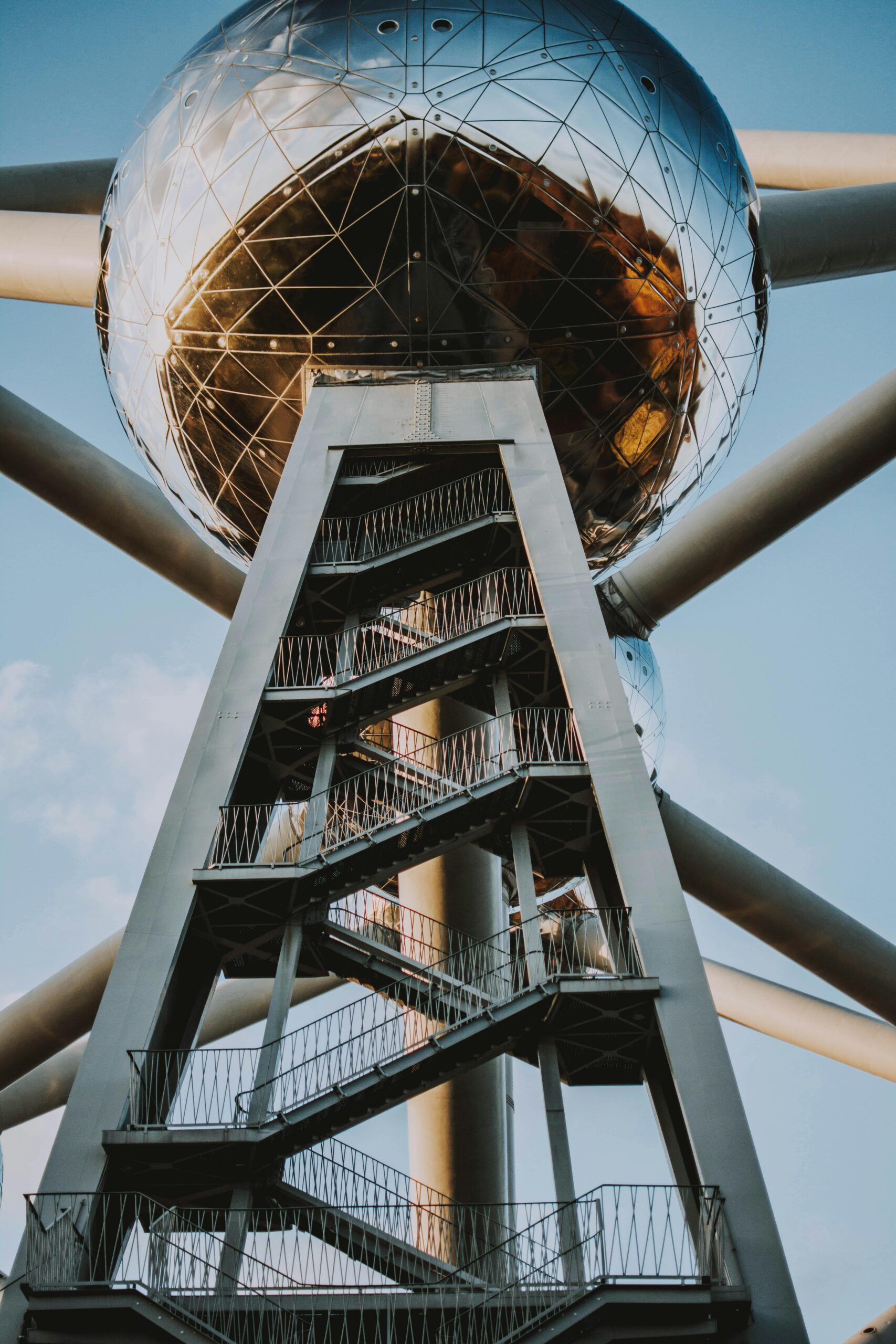“Structural Icons: Powering Progress with Bridge Models”
Structural Icons: Powering Progress with Bridge Models
Bridges are more than mere structures; they are marvels of engineering and symbols of connectivity. From ancient stone arches to modern suspension bridges, these structural icons have powered progress by linking regions, cultures, and economies. As testaments to human ingenuity, bridge models play a pivotal role in the planning, design, and construction of these architectural wonders. By understanding the significance and evolution of bridge models, we can appreciate their profound impact on society and infrastructure development.
Table of Contents

The Essence of Structural Icons
Structural icons like bridges serve as the backbone of transportation networks. They overcome geographical barriers such as rivers, valleys, and gorges, enabling seamless movement of goods and people. From the Golden Gate Bridge in San Francisco to the Millau Viaduct in France, these structures have become symbols of progress and engineering prowess. The journey to creating such iconic bridges often begins with intricate and detailed bridge models. These models are the blueprint for turning ambitious ideas into reality.
The Role of Bridge Models in Modern Engineering
Bridge models are essential tools in the field of civil engineering. They serve multiple purposes, such as aiding in design visualization, stress testing, and material optimization. Engineers use these models to simulate real-world conditions and predict how a bridge will behave under various circumstances. By analyzing these simulations, they ensure the safety, durability, and efficiency of the final structure. Bridge models also allow for innovative solutions, pushing the boundaries of what is possible in modern construction.
Historical Significance of Bridge Models
The history of bridge models dates back to ancient civilizations. The Romans, for instance, were pioneers in bridge construction, creating stone arch models that laid the foundation for modern techniques. These early models enabled architects to test their designs and ensure stability before actual construction. The use of bridge models was instrumental in the creation of landmarks like the Pont du Gard and the Alcántara Bridge, which continue to inspire awe today.
Structural Icons in the Making: A Step-by-Step Guide
The development of bridge models involves meticulous planning and execution. Here’s a step-by-step guide to understanding how structural icons come to life:
- Conceptualization: The process begins with identifying the purpose and location of the bridge. Engineers create conceptual bridge models to explore various design possibilities.
- Preliminary Design: This phase involves creating detailed bridge models using computer-aided design (CAD) software. These models help visualize the structure and assess its feasibility.
- Material Selection: Engineers test different materials using scale models to determine the most suitable options based on factors like load capacity and environmental conditions.
- Stress Testing: Physical or virtual bridge models undergo stress tests to simulate real-world forces such as wind, traffic, and seismic activity.
- Optimization: Based on test results, engineers refine the bridge models to enhance performance and reduce costs.
- Final Design and Construction: Once all aspects are validated, the final bridge model serves as a guide for constructing the actual structure.
Iconic Bridges and Their Models
Some of the world’s most renowned bridges owe their success to detailed bridge models. Let’s explore a few examples:
- The Brooklyn Bridge: During its construction in the late 19th century, engineers relied on scale models to test the strength of its steel-wire cables and innovative suspension design.
- The Akashi Kaikyō Bridge: Known as the world’s longest suspension bridge, it underwent rigorous testing through bridge models to ensure its resilience against earthquakes and typhoons.
- The Sydney Harbour Bridge: Engineers used physical bridge models to study the arch’s curvature and load distribution, resulting in a structure that has stood the test of time.
Advancements in Bridge Modeling Technology
The field of bridge modeling has evolved significantly with advancements in technology. Traditional physical models are now complemented by sophisticated digital simulations. Tools like Building Information Modeling (BIM) and Finite Element Analysis (FEA) enable engineers to create highly accurate virtual bridge models. These technologies provide a deeper understanding of structural behavior, allowing for better predictions and improved designs.
Bridge Models and Sustainability
In today’s era of environmental consciousness, bridge models play a crucial role in promoting sustainable construction practices. Engineers use these models to assess the environmental impact of different materials and designs. By optimizing resource utilization and minimizing waste, bridge models contribute to creating eco-friendly structural icons that align with global sustainability goals.
Educational Value of Bridge Models
Beyond their engineering applications, bridge models hold immense educational value. They serve as teaching tools in schools and universities, helping students understand the principles of physics, mathematics, and architecture. Building miniature bridge models also fosters creativity and problem-solving skills, inspiring the next generation of engineers and architects.
The Future of Structural Icons
As technology continues to advance, the future of structural icons looks promising. Emerging innovations like 3D printing and artificial intelligence are poised to revolutionize the way bridge models are created and utilized. These technologies will enable faster prototyping, enhanced precision, and even more ambitious designs, paving the way for the next generation of iconic bridges.
Conclusion
Structural icons like bridges are not just feats of engineering; they are symbols of human progress and resilience. Bridge models, as the cornerstone of their creation, ensure that these structures meet the highest standards of safety, efficiency, and sustainability. By embracing technological advancements and fostering innovation, bridge models will continue to play a vital role in powering progress and shaping the skylines of tomorrow. Indeed, structural icons and their bridge models are testaments to the boundless potential of human ingenuity.





